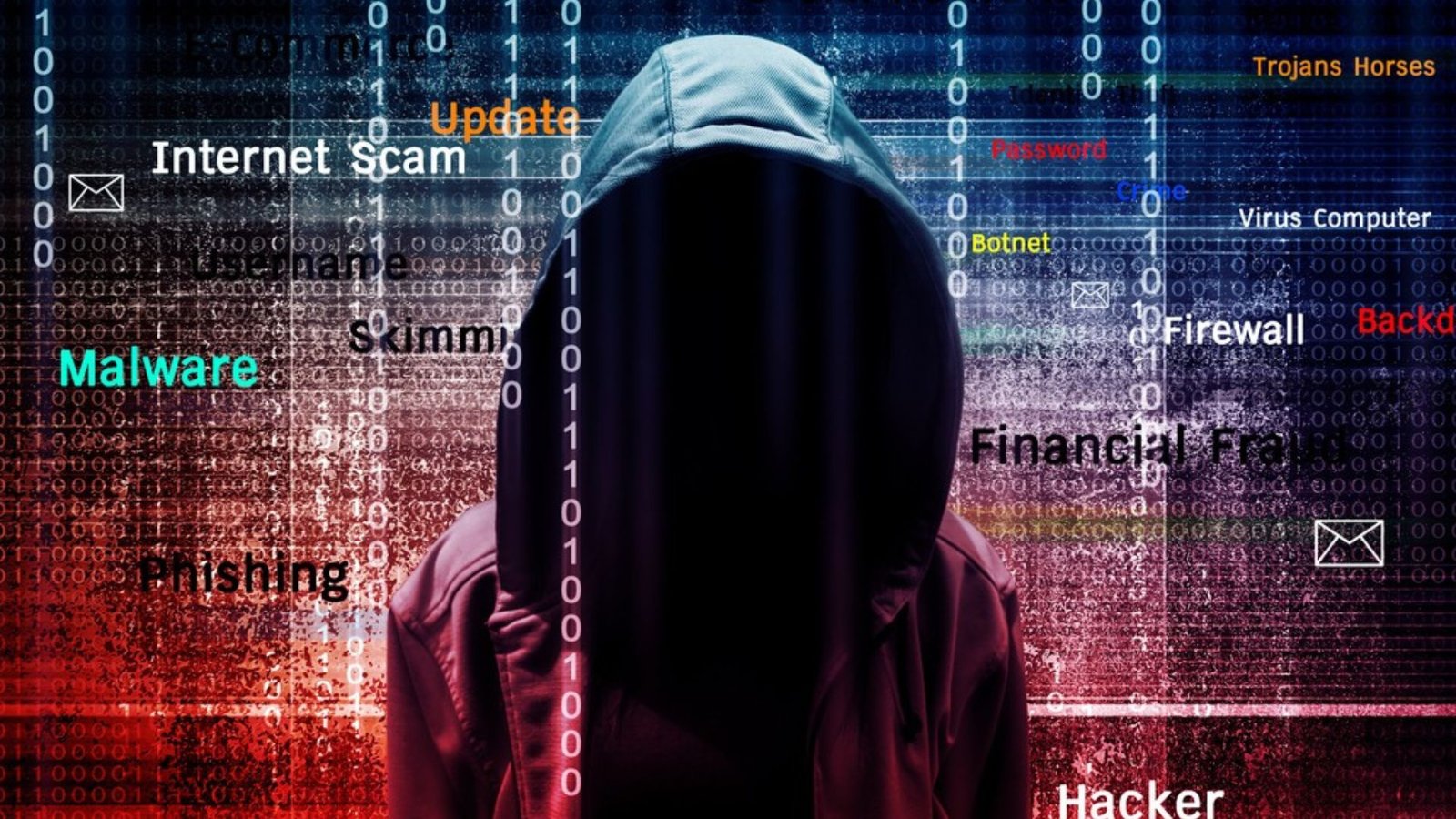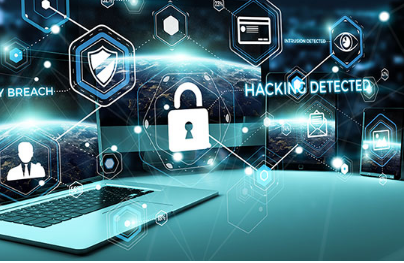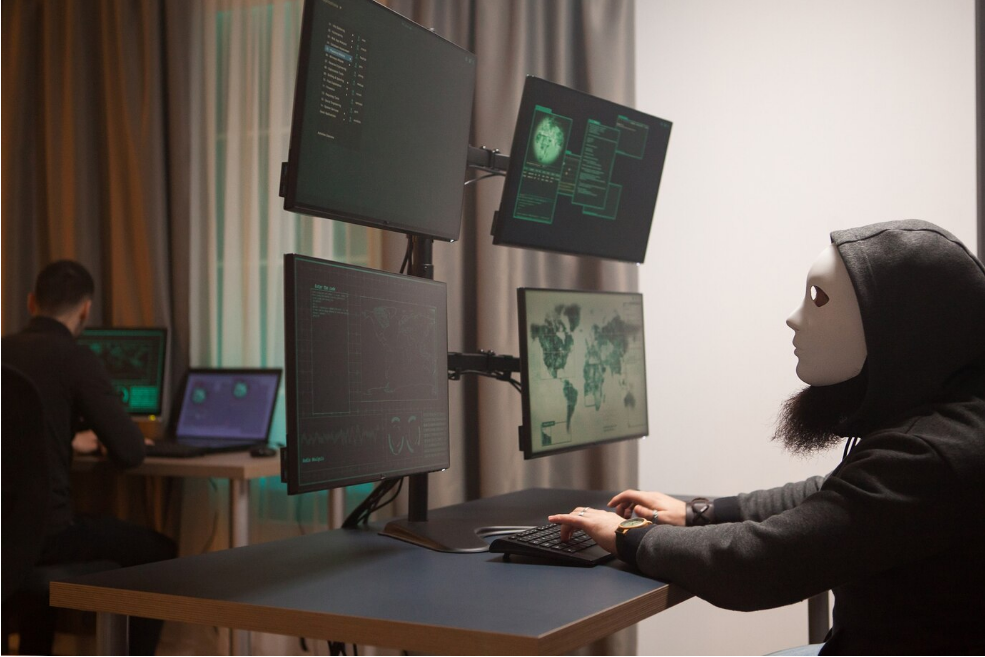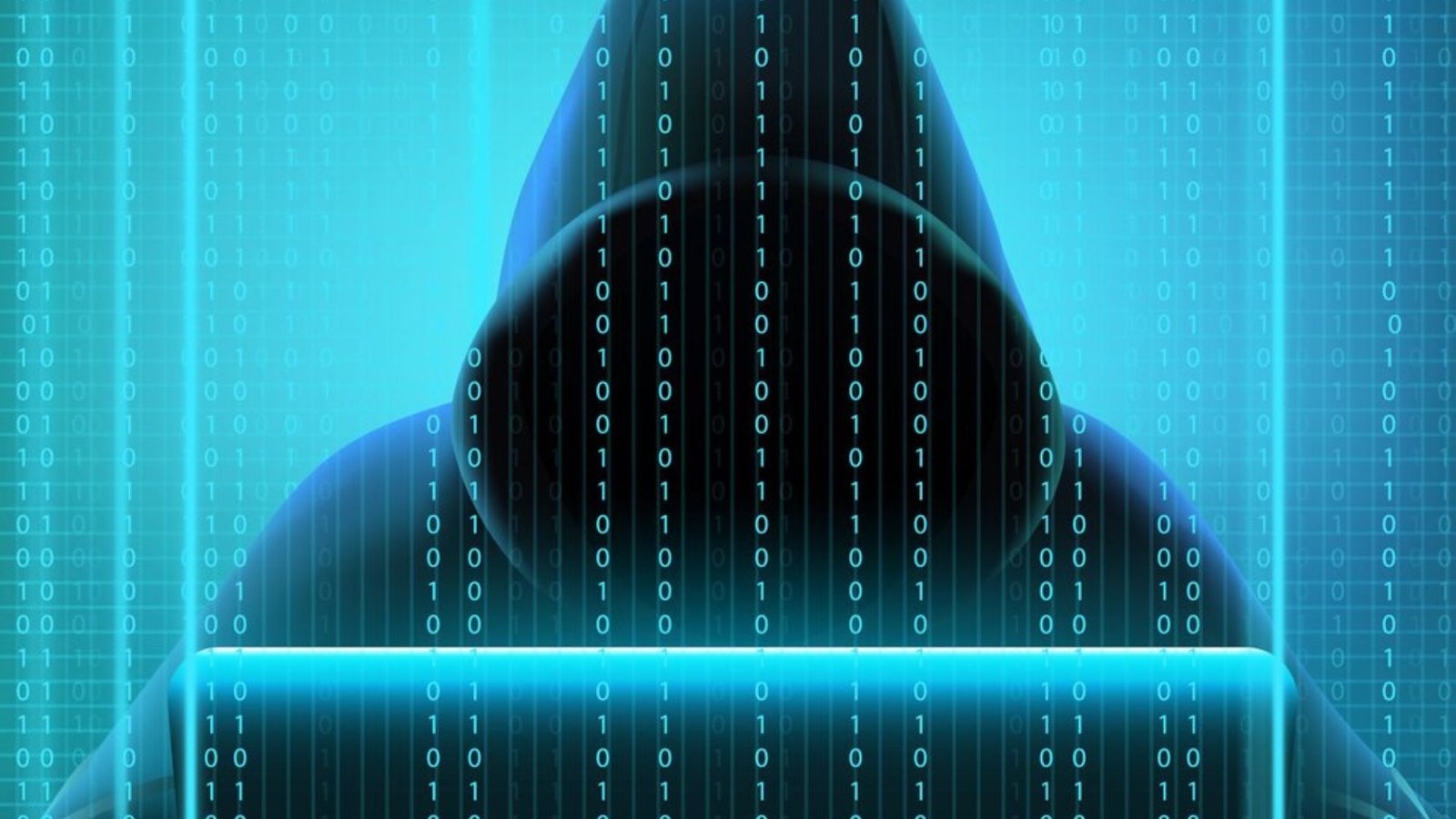Unveiling Hacking in the Academic World
Hacking in the academic world has evolved into a concerning trend within the bastion of intellectual pursuit and knowledge dissemination. This article delves into a comprehensive exploration of the intricate landscape of academic hacking, unraveling the motivations, methods, and consequences of cyber threats that are progressively targeting educational institutions. Motivations behind hacking in academia are diverse, ranging from personal gain to ideological motives. Malicious actors may seek to compromise sensitive research data, intellectual property, or personal information. The methods employed often exploit vulnerabilities in institutional cyber security, including phishing attacks, malware, and unauthorized access. The consequences of academic hacking extend beyond data breaches, impacting the integrity of research. Furthermore, eroding trust in academic institutions, and potentially hindering the collaborative nature of scholarly endeavors. As academic institutions increasingly rely on digital infrastructure, understanding and addressing these cyber threats become paramount to safeguarding the core principles of academia.
Understanding the Academic Landscape
Traditionally viewed as sanctuaries for intellectual exploration, universities, research institutions, and educational databases have become prime targets for hackers. The wealth of sensitive information stored within these institutions presents an enticing prospect for cybercriminals seeking financial gain or aiming to disrupt the academic community. The motivations behind hacking in the academic world are as diverse as the institutions themselves. Financially driven hackers may target valuable research data or attempt to exploit intellectual property for monetary gain. On the other hand, ideologically motivated actors might seek to compromise research findings or disrupt academic discourse. The methods employed in these attacks vary, ranging from sophisticated cyber espionage to more straightforward phishing attempts preying on unsuspecting academic staff and students. As the academic landscape continues to digitize, the importance of fortifying cybersecurity measures becomes imperative to protect the integrity of scholarly pursuits and the trust placed in these venerable institutions.
Motivations Behind Academic Hacking
Delving into the motivations that propel hackers to target academic institutions reveals a complex web of factors. While financial gain through the theft of intellectual property is a prevalent motive, ideological reasons, such as disrupting research for strategic purposes, add layers to the cyber intrigue.
Methods and Techniques
The methods employed in academic cyber attacks are as diverse as the motivations behind them. From elaborate phishing schemes that specifically target faculty members to infiltrating research databases through sophisticated malware, hackers deploy a wide range of techniques to compromise the security of academic systems.

Unveiling Hacking in the Academic World
The Impact on Research and Innovation
Beyond data breaches, the ramifications of academic hacking extend to the very fabric of research and innovation. Disruption caused by cyber attacks impedes progress, stifles collaboration, and erodes the trust that forms the foundation of the academic community. The compromised integrity of academic pursuits becomes a collateral casualty.
Safeguarding Academic Institutions
Amidst these threats, safeguarding academic institutions requires proactive measures and robust cybersecurity protocols. Collaborative efforts within the academic community and with external cybersecurity experts are essential to fortify defenses against evolving cyber threats. Additionally, efforts protect the sensitive data entrusted to educational institutions.
Case Studies
Examining real-world case studies provides insights into instances where academic institutions fell victim to cyber attacks. These case studies serve as cautionary tales, illustrating the evolving tactics of hackers and underscoring the vulnerabilities that demand immediate attention from the academic community.
Ethical Hacking
Can hacking be repurposed as a defense mechanism? Ethical hacking, or penetration testing, emerges as a proactive approach to identify and address vulnerabilities before malicious actors can exploit them. This section explores the role of ethical hacking in bolstering the defenses of academic institutions.
Legal Implications and Consequences
The consequences of academic hacking extend beyond the virtual realm, carrying legal ramifications. This section navigates the legal landscape, discussing the potential consequences for hackers. More so, the section highlights the importance of international collaboration in prosecuting cybercriminals who transcend national borders.
Global Collaborations in Cybersecurity
Given that hacking knows no geographical boundaries, global collaboration becomes imperative in the fight against cyber threats. The article sheds light on international initiatives and partnerships aimed at creating a united front against cyber threats in the academic world.
The Future of Academic Cybersecurity
As technology evolves, what does the future hold for academic cybersecurity? This final section speculates on potential advancements, emerging trends, and the evolving role of cybersecurity in academic institutions. Will advancements in technology offer better defense mechanisms, or will hackers continue to outpace our efforts to protect the sanctity of intellectual exploration and innovation in academia?
Conclusion
In conclusion, hacking in the academic world poses a multifaceted challenge that demands a concerted and proactive response. By understanding the motivations, exploring effective countermeasures, fostering global collaboration, and embracing ethical hacking, academic institutions can fortify themselves against the rising tide of cyber threats. In doing so, they can preserve the sanctity of intellectual exploration and innovation. Thereby, ensuring that the pursuit of knowledge remains unencumbered by the shadows of malicious cyber activities.
You might be interested in:

















